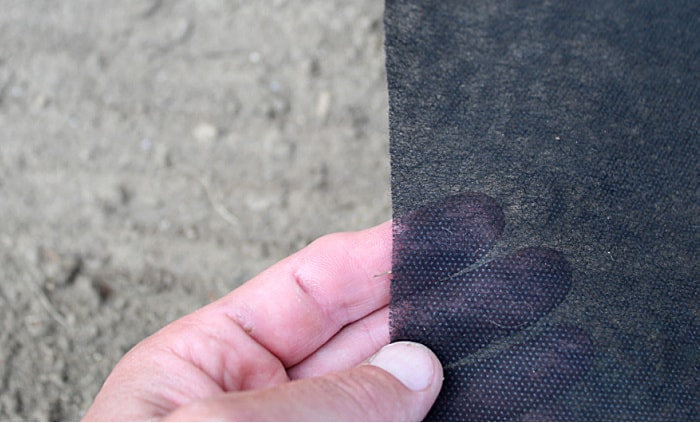
Non-woven industry development is a product that came out of the petrochemical industry following the invention of plastic cloth (film). In comparison to plastic cloth, it is lighter and offers good ventilation. It is often employed in medical, sanitary and filter products, and also in engineering applications like disposable napkins for sanitary use, facial towels and filters. Non-woven fabrics are used in vegetable production to protect against damage from cold. Although the production of non-woven fabrics is more complex than the production of plastic film production, the basic raw materials are essentially the same. The materials used include PE (polyvinylchloride), EVA, Ethylene Vinyl Acetate copolymer), EVA and PVA (polyvinyl alcohol). You can make a thin film of conventional plastic by melting it, then inflating. It is continuous. It is able to stretch indefinitely. The film has no pores. It is totally inert and completely blocks any movement and exchange of molecules. Artificial chemical fibers, fabricated from the listed raw materials were the hottest product in the industry of textiles. These chemical fibers, however are still able to be transformed into cloth via traditional warp-weft weaving. So-called non-woven material is formed by intersecting the fibers on the same plane, at different angles throughout the entire direction instead of traditional warp and weft methods. It has better properties for the material and is more easy to manufacture than traditional weaved materials. The traditional process of drawing fibers into fibers and weaving them is eliminated as well as the cost of production is less. In the past few years, nonwoven fabrics have been used extensively in the fashion industry. The development of production technology and advances in material science have made non-woven fabrics more versatile and widely used in recent years. You can find the various types of materials and products used in each day of our lives. The expansion of the use of non-woven fabrics in agriculture is mainly due to their lightness, easy production, low cost as well as their diversity and range of applications. Look at this non woven weed control fabric for more information.

Non-Woven Fabrics in the Agricultural Industries. Non-woven fabrics first came into use in Europe in 1978. They were made to keep the carrots warm during the early stages of harvesting, and to prevent whiteflies and tomato leaf virus. Non-woven fabrics are utilized for mulching tomatoes, sweet peppers, sweet potatoes, along with carrots, root vegetablesand the carrots. They also help with the development of other vegetables like cabbage, lettuce and radishes. They are used for heat preservation, early harvesting and pest control. Non-wovens are a great way to cover mats that are grass-proof and increase soil temperature. A short fiber is utilized to create water-absorbing blankets that are sprayed on nursery beds, allowing the roots to completely absorb water. They can also be used as the ground medium for the production of turf. They are also used as plant bags for large woody species like fruit trees and gardens trees. Non-woven fabric can also be utilized as crop covers in Taiwan. These are used extensively to control large greenhouses' conditions of the environment and help conserve energy. Double-layered cover and canopy curtains reduce solar radiation and heat dissipation at nights. To shade and protect cauliflower bulbs, high-density, non-woven spun-bonded TAVIK fabrics were used. Its low thermal conductivityas well as high shading ability and easy recycling made it a popular choice among farmers. It was eventually employed to guard leaf vegetables against insects as well as shade the trees and plants of fruit trees. Due to Taiwan's unique climate and ecology the development of the business in non-woven is slow. Taiwan's non-woven fabric makers continue to develop non-woven technologies. They are focusing on water absorption and air permeability as well as water repellency. The company has stepped up its research in order to enhance its capability to preserve and store agricultural products. It hopes it can develop more applications. Look at this wholesale agriculture non woven fabric for more information.
